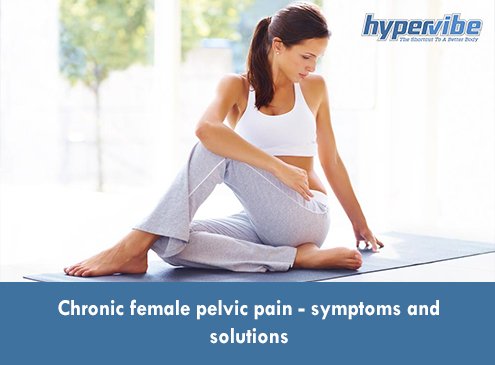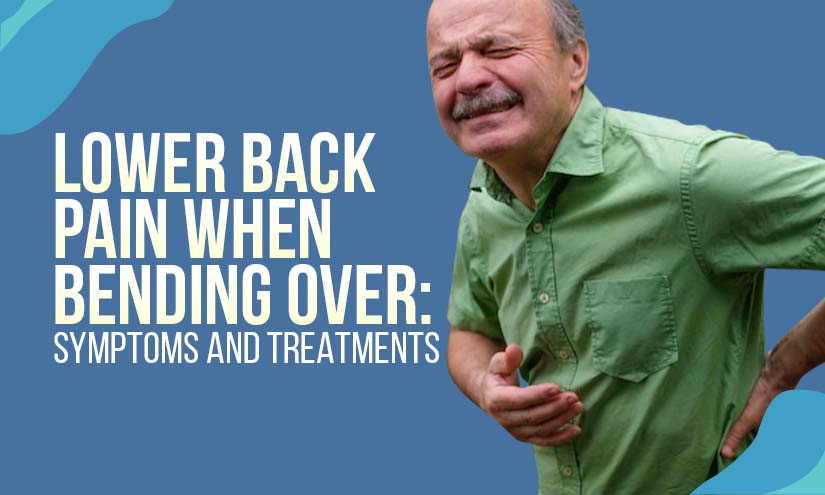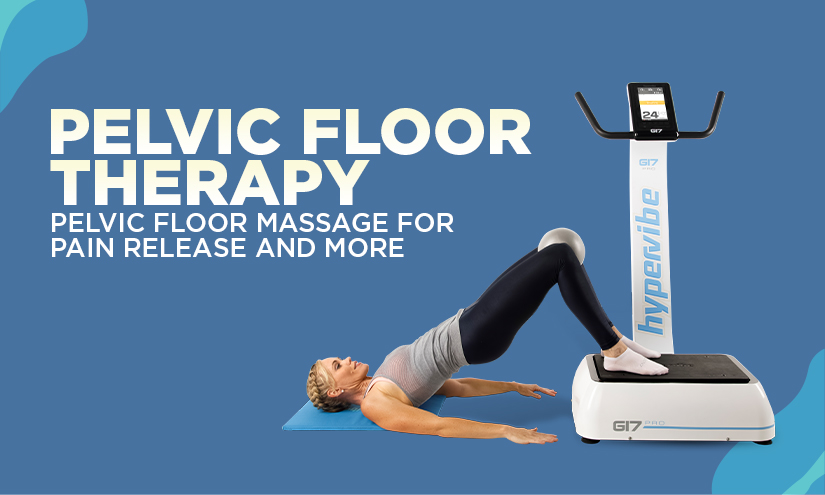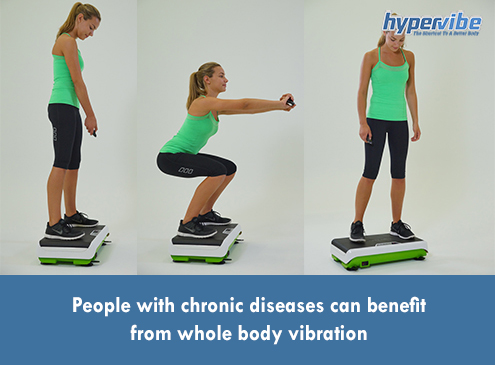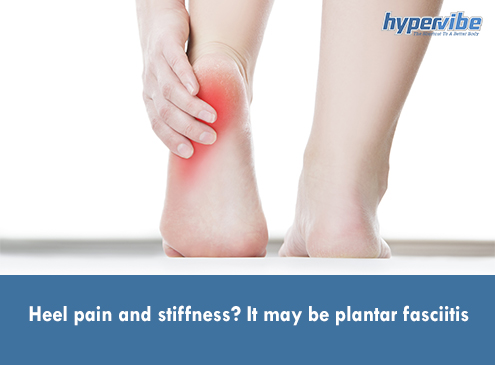Chronic female pelvic pain – symptoms and solutions
One is diagnosed with chronic pelvic pain if they accuse pelvic pain for more than 6 months. The pain can affect any area below the bellybutton and between the hips, and can have multiple causes, or can be a symptom of another disease.
The type and intensity of pain can vary from one woman to another: in some, the pain is mild and goes away on its own, while in other women it’s steady and severe and interferes with one’s daily activity, with work, exercise and sleep.
Typically, female chronic pelvic pain is caused by a medical problem that affects the reproductive system or the urinary tract, but can also be the result of diseases affecting the lower gastrointestinal tract, or the abdominal wall muscles.
The most frequent causes of pelvic pain include endometriosis, fibroids, ovarian cysts, tension in the pelvic muscles, chronic inflammatory pelvic disease, irritable bowel syndrome or cystitis. Let’s briefly discuss each of these before listing the symptoms and available remedies for this health issue.
Endometriosis is a condition in which tissue from the lining of the uterus grows outside of it. Normally, during the menstrual cycle, the uterine lining gets thicker and breaks down, so parts of the tissue are eliminated during the period, as the hormone levels rise and fall. However in women with endometriosis, all these happen outside of the uterus so the tissue cannot be eliminated.
If parts of the uterine lining remain inside the abdomen, they can cause cysts and can favor the formation of fibrous bands of scar tissue, called adhesions. These can cause intense and recurring pain, that doesn’t go away without medical treatment.
Another potential cause of chronic pelvic pain is the chronic pelvic inflammatory disease, which can occur after a long-term infection of the pelvic organs. Fibroids, which are abnormal uterine growths, can also cause mild pain and pressure, or a sensation of heaviness in the lower abdomen.
If the pelvic floor muscles are too tensed or cramped, spasms and pain can occur. Also, if the veins around the reproductive organs become enlarged, they can cause tension and pain. If one suffers from cystitis, they may experience pain in the bladder especially when the bladder is filled, so this is another potential cause of chronic pelvic pain in women.
If there’s no physical cause for this pain, then chronic stress, depression, or a history of sexual abuse may be the culprit behind it. To properly diagnose you, your doctor may ask your help for locating the pain.
Chronic pelvic pain is usually described as severe and steady pain, or as intermittent, dull pain, or as sharp pain and cramping. Some women may experience heaviness in their abdomen, pressure in the pelvic area, pain during intercourse, or while urinating, pain when sitting for prolonged hours and so on. The pain can be accompanied by severe cramping during periods and by heavy bleeding.
In many cases the cause of chronic pelvic pain is not identified, so the purpose of treatment is just to reduce the symptoms and improve the quality of life.
Depending on the cause, the treatment options for women with pelvic pain may include hormone treatment, birth control pills, antibiotics or other medicines in case of infections, drugs for irritable bowel syndrome or surgery in case of cysts and tumors. Physical therapy, counseling and stress-relieving therapies may also be recommended, depending on the triggers of chronic pelvic pain.
Have something to add to this article? Comment below or join our Facebook community and share your thoughts with us!
